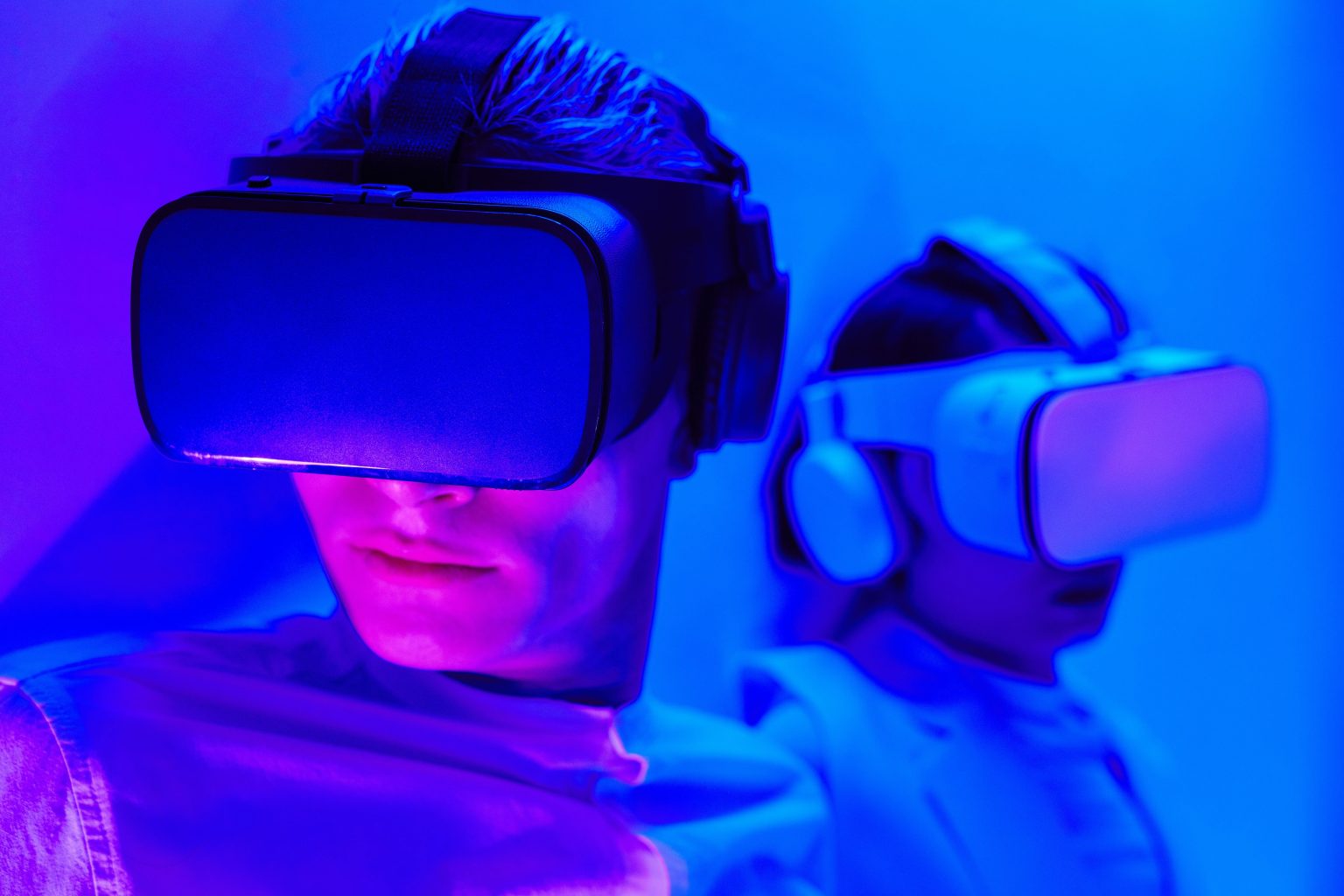The digital age has brought on a technological revolution that can and will forever change our lives. Augmented, virtual, and mixed reality are prime examples of this. These technologies allow us to blend our physical reality with digital worlds, creating opportunities to change the way we learn, escape, and even heal.
But first, what are they? Well, each of them mixes reality with digital elements but in unique ways:
- Augmented Reality (AR) overlays digital elements, such as images or text, onto the physical world. A well-known example is Pokémon GO, which makes it seem like Pokémon are right before you.
- Virtual Reality (VR) enhances immersion through digital environments that completely block out the real world. Popular VR headsets like Oculus and PlayStation VR are widely used for gaming. VR also facilitates virtual tours, enabling you to explore global destinations from the comfort of your home.
- Mixed Reality (MR) advances beyond AR by merging digital content with the real world, allowing interaction with both simultaneously. Devices like Microsoft’s HoloLens enable MR to project virtual objects into real spaces, such as a 3D model of the solar system in a classroom, where students can move around and examine each planet.
Transforming Gaming, Education, and Therapy
MR is redefining gaming by turning physical spaces into interactive playgrounds. Players engage with virtual characters or challenges seamlessly blended into their real environment. For example, a game can turn your living room into an arena where digital opponents interact with real objects. This immersive experience enhances movement, creativity, and collaboration, making gaming more social.
In classrooms, MR revolutionises student learning. Picture exploring a virtual Ancient Rome during history or viewing a 3D model of a beating heart in biology. By making lessons interactive and visually appealing, MR aids knowledge retention. In hands-on fields like medicine or engineering, MR facilitates realistic simulations, allowing students to practice skills risk-free.
MR also enhances therapy. Virtual environments help those with phobias or anxiety confront their fears in a controlled setting. For physical therapy, MR provides interactive exercises, making rehabilitation motivating. Patients with social anxiety can rehearse interactions in realistic virtual scenarios, gradually building confidence.
What About Challenges?
While MR opens up exciting possibilities, it raises concerns. Privacy is significant, as these technologies often capture real-world environments and personal data, posing potential risks if misused. Accessibility is another issue, with high-quality systems needing costly equipment and technical expertise limiting access for many. Ensuring affordability and inclusivity is crucial to prevent a digital divide and maximise benefits.
As this technology advances, it promises to blur the lines between the real and virtual. From sector to sector, these technologies redefine what’s possible. However, addressing privacy and accessibility concerns is vital for their beneficial development for all. With thoughtful implementation, mixed reality could pave the way for a more creative and interactive future.


